While DC’s new behind-the-scenes (BTS) video for Superman (2025) doesn’t offer a dramatic reveal, it quietly drops a significant detail for cinema tech fans: cinematographer Henry Braham BSC is wielding the Stabileye Nano paired with the RED V-Raptor — a lightweight, compact, yet monstrously powerful digital cinema camera. It’s the kind of “blink and you’ll miss it” moment that tells a much bigger story about how Superman is being brought to life with cutting-edge tools. This subtle yet impactful footage confirms what we’ve already explored in our coverage of the film’s production: DC and director James Gunn are embracing a different kind of superhero storytelling — one that values agility, precision, and a modern cinematic language over brute-force grandeur. And the tools reflect that.
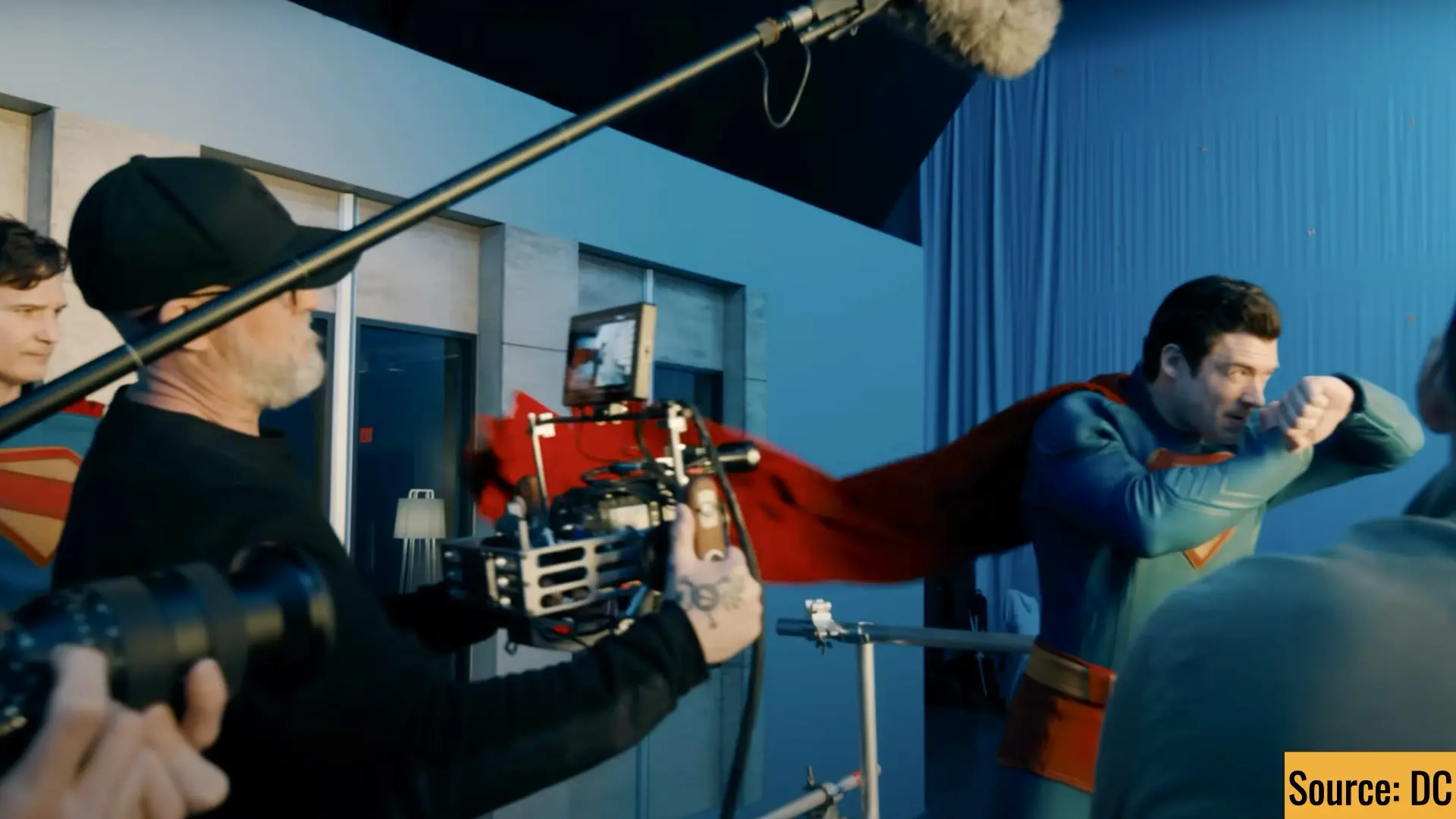
Big Movie, Small Package
The RED V-Raptor is no stranger to blockbusters, but it’s still refreshing — even exciting — to see such a compact camera body in use on a tentpole production of this scale. In the BTS footage, Braham (who is a ‘RED shooter’) cradles the camera with the Stabileye Nano, a gimbal system that’s become a go-to for DPs wanting fluid movement in tight spaces without sacrificing quality. It’s the opposite of the old-school dolly-and-crane setups — this is guerrilla filmmaking gone high-end. As we previously reported in “Superman Shot on RED Digital Cinema by Henry Braham”, the choice of RED cameras, especially the V-Raptor, signals a departure from traditional, bulky film rigs and toward nimble systems that can deliver cinematic image quality without logistical compromises. The camera’s 16.5+ stops of dynamic range, 8K resolution, and solid codec options provide the kind of flexibility required for a superhero film where VFX integration is key — but also where emotional storytelling needs a more intimate lens.

Flight, Faces, and Format
Earlier this year, we explored the groundbreaking aerial sequences in “Superman 2025: How They Shot the Flying Scenes and What’s Sparking Debate About Superman’s Face”. While much of the attention went to the facial CGI debate, the real story is how the RED camera’s form factor enabled smooth, kinetic flying scenes with the Stabileye rig. The combo allowed for fast repositioning and lightweight rigging — critical when you’re capturing Superman mid-flight on wires or using drones for immersive aerial shots. And when the look matters as much as the motion, lenses come into play. In “The Lens Behind the Look of Superman (2025): Leica Tri-Elmar”, we broke down how the Leica Tri-Elmar lenses shaped the film’s distinct visual signature. These rare cine primes add a touch of vintage flavor to a film deeply rooted in modern VFX and digital workflows. Paired with the RED V-Raptor, they offer a balance of character and clarity — helping Superman sidestep the overly sterile look some digital films suffer from.
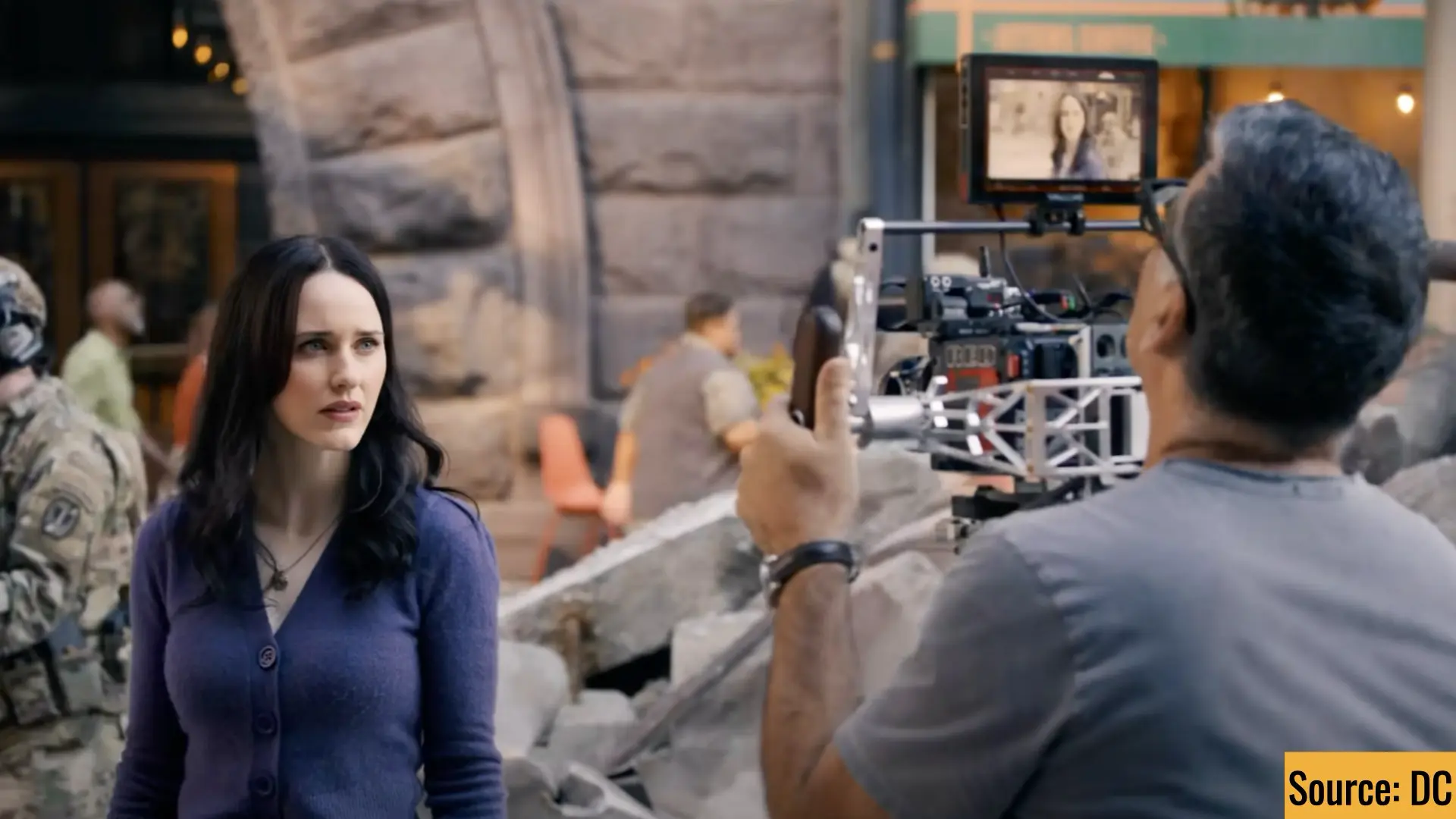
Gunn’s Look vs. Snyder’s Legacy
Let’s be clear: this isn’t Zack Snyder’s Superman. That comparison has been made — and debated — especially after the trailer dropped. In “Superman Trailer Released: The Gunn Look vs. the Snyder Look”, we discussed how James Gunn is steering the visual tone away from Snyder’s desaturated, hyper-composed aesthetic into something warmer, more colorful, and arguably more human. This aligns perfectly with the use of RED Digital Cinema and Leica glass: tools that excel at skin tones, texture, and lifelike detail without relying on heavy post-processing.
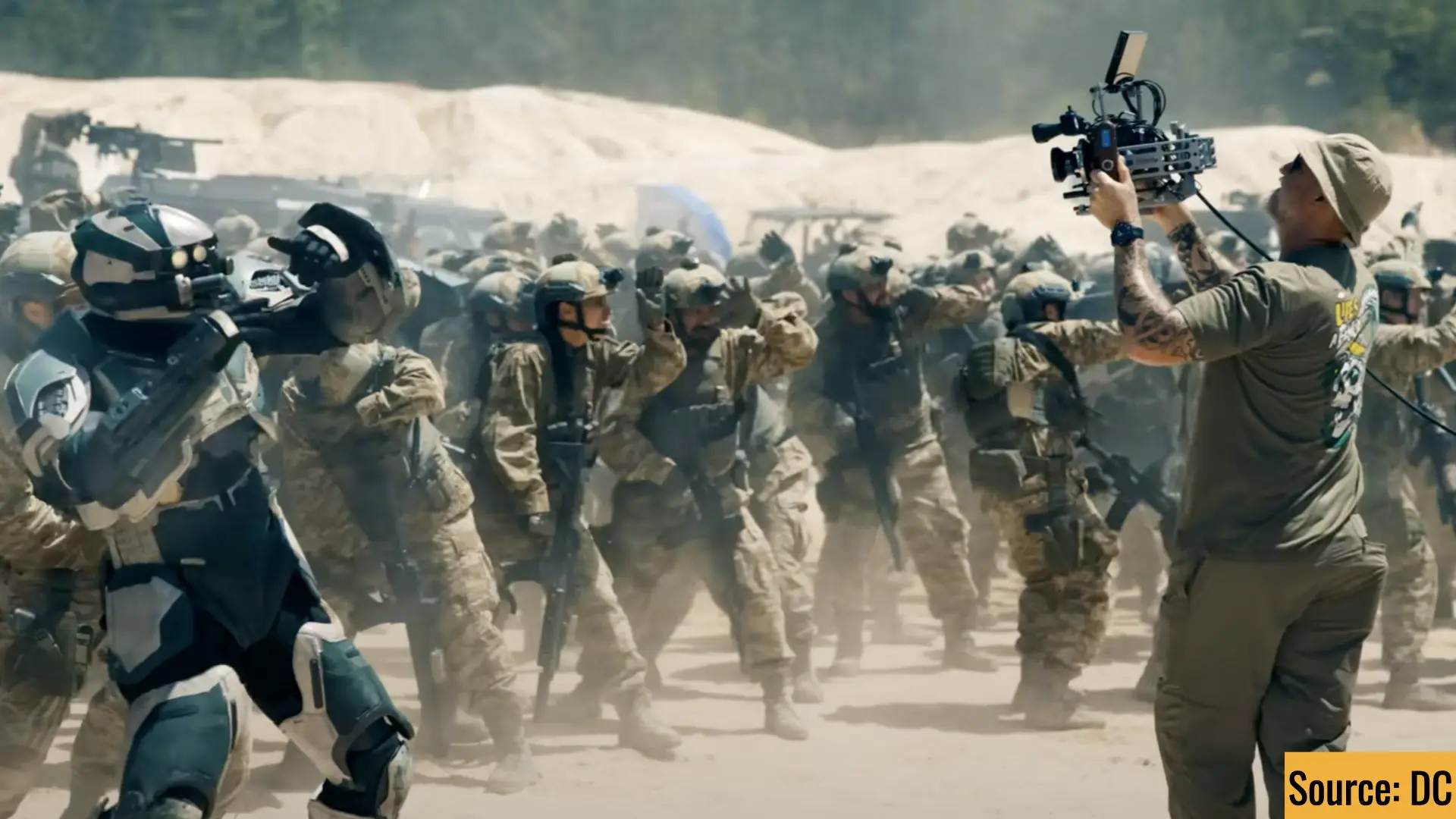
The IMAX Tease and the Dog We Deserve
The excitement around Superman (2025) continues to build, and the recent IMAX tease only fanned the flames — especially with the reveal of Superman’s four-legged sidekick. As noted in “IMAX Sneak Peek of Superman (2025) Highlights Krypto — and We’re All Barking With Joy”, the playful tone of the footage — including Krypto the Superdog — contrasts the epic scale of IMAX.

Final Thoughts: A New Age of Superhero Cinematography?
The appearance of Henry Braham wielding the Stabileye Nano and RED V-Raptor in the latest BTS video may not make headlines in fan circles, but for those of us obsessed with camera tech, it’s a telling moment. It encapsulates how superhero cinema is evolving — not just in narrative and tone, but in the very way these stories are captured. Light rigs, big results. Gone are the days of superheroes being shot only on 70-pound cameras bolted to cranes. The future? It’s handheld. It’s stabilized. It’s 8K. And sometimes, it comes with a Leica on the front and a superdog in the frame.

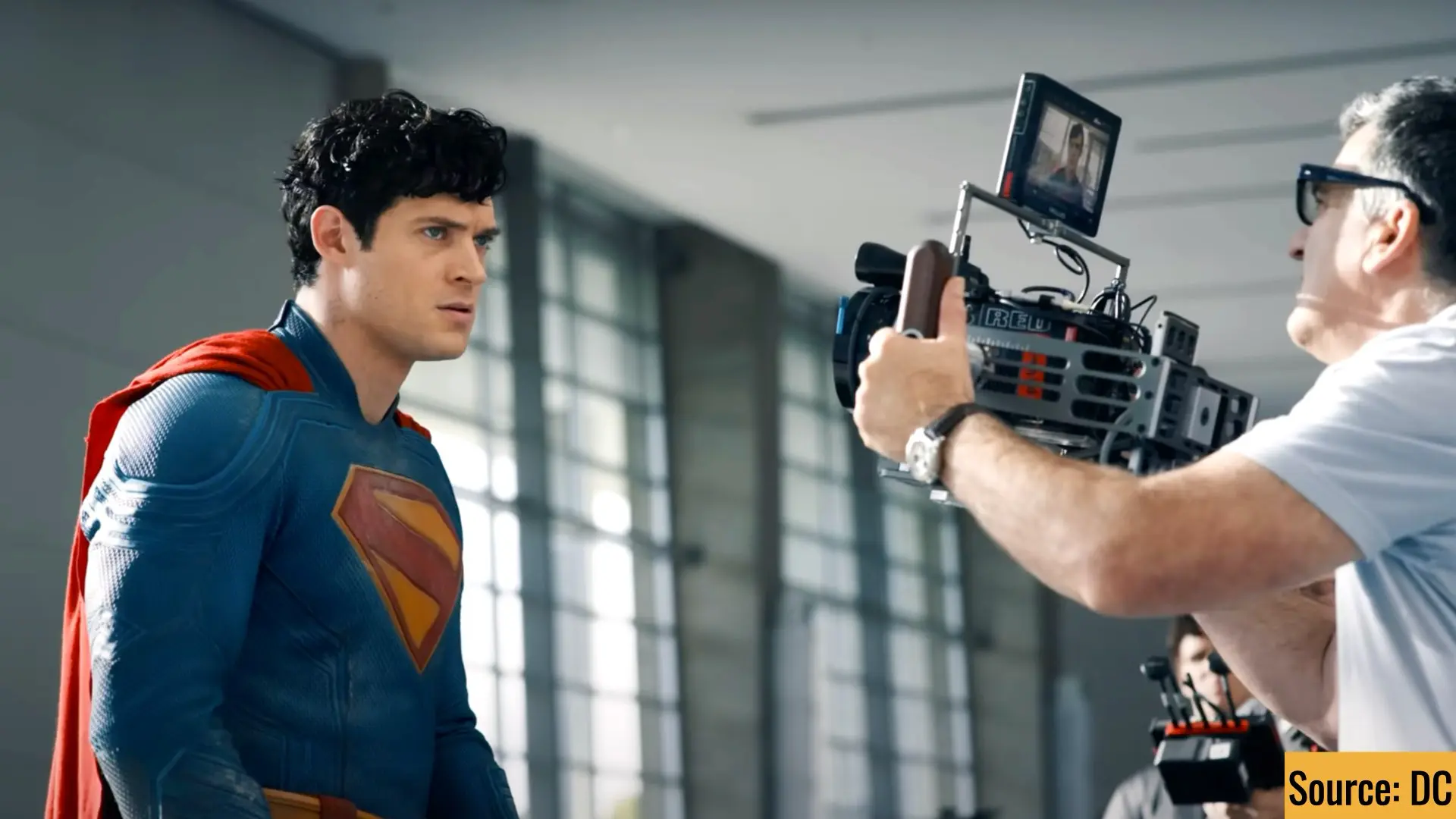
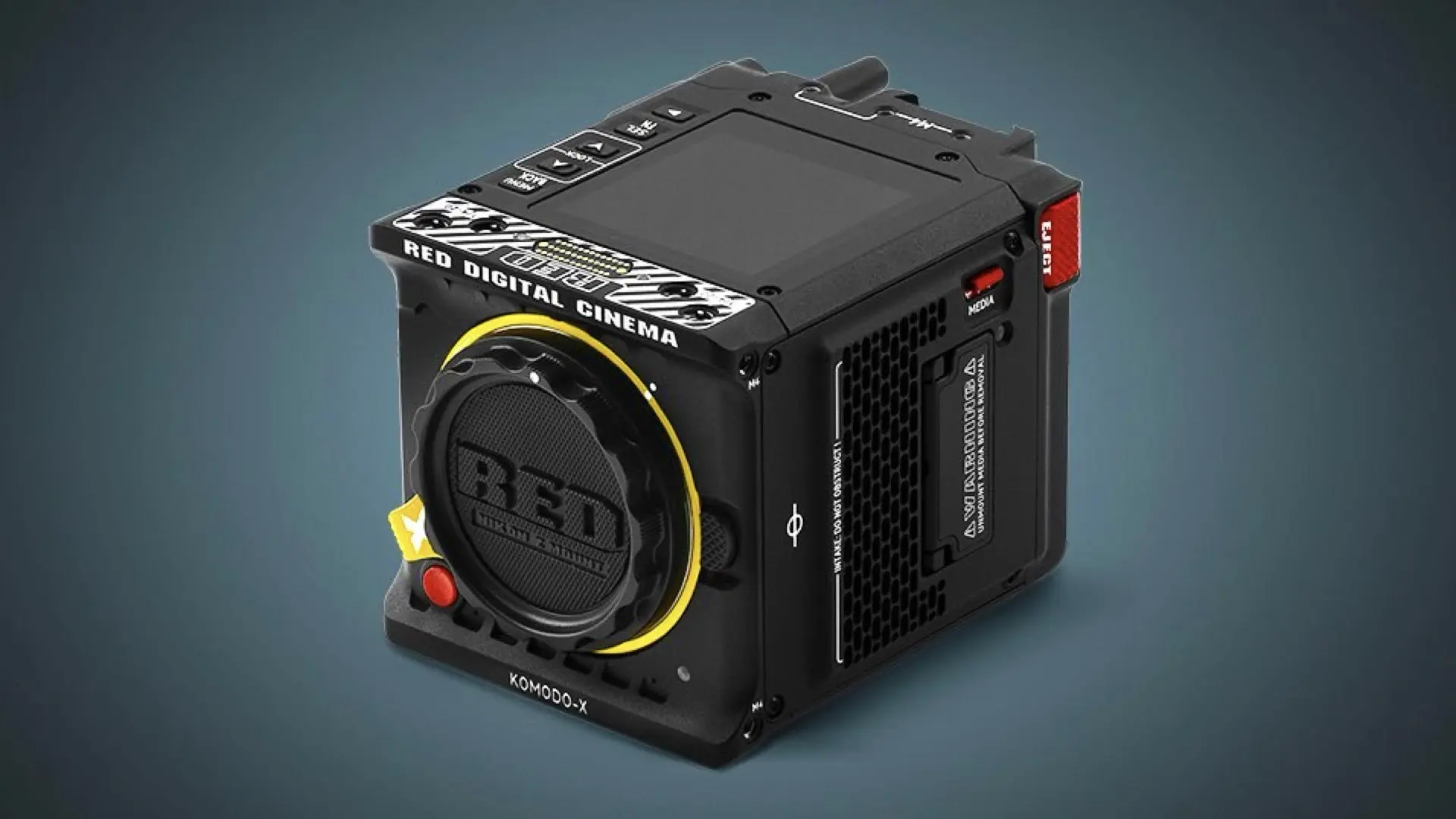
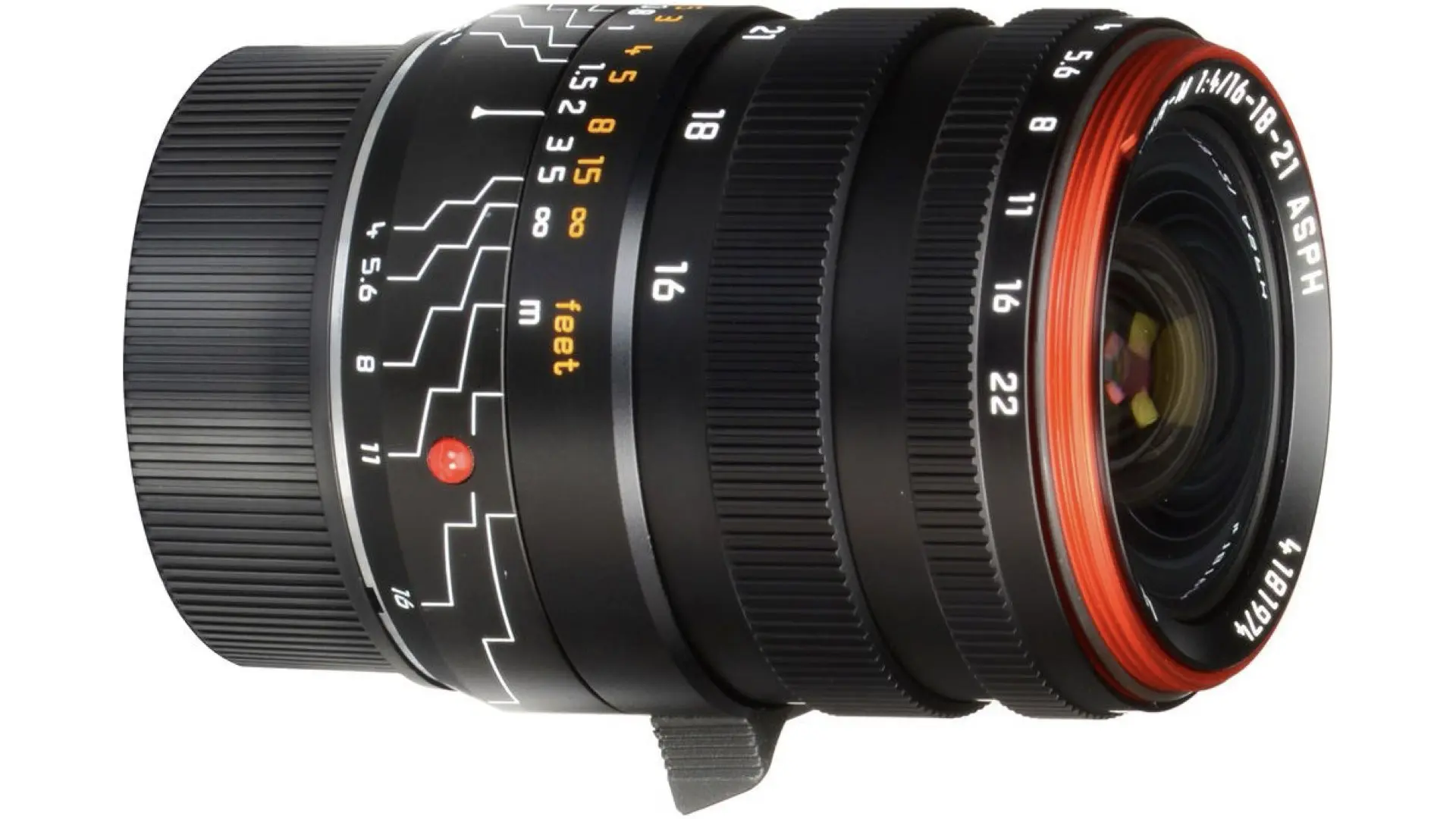
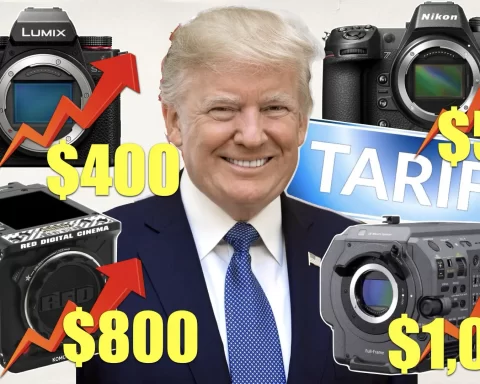

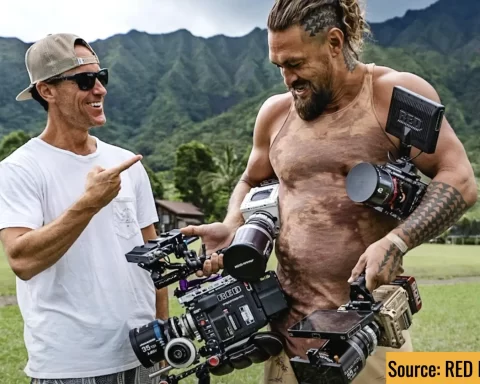
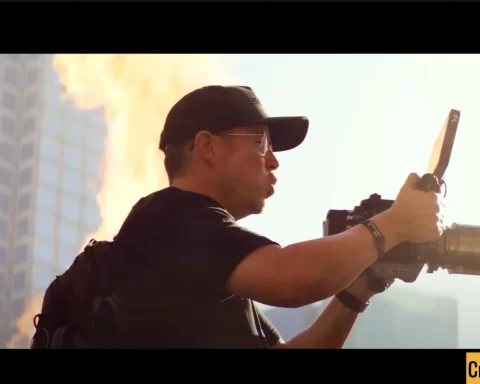
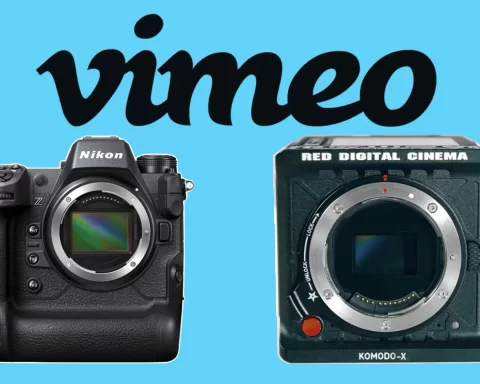


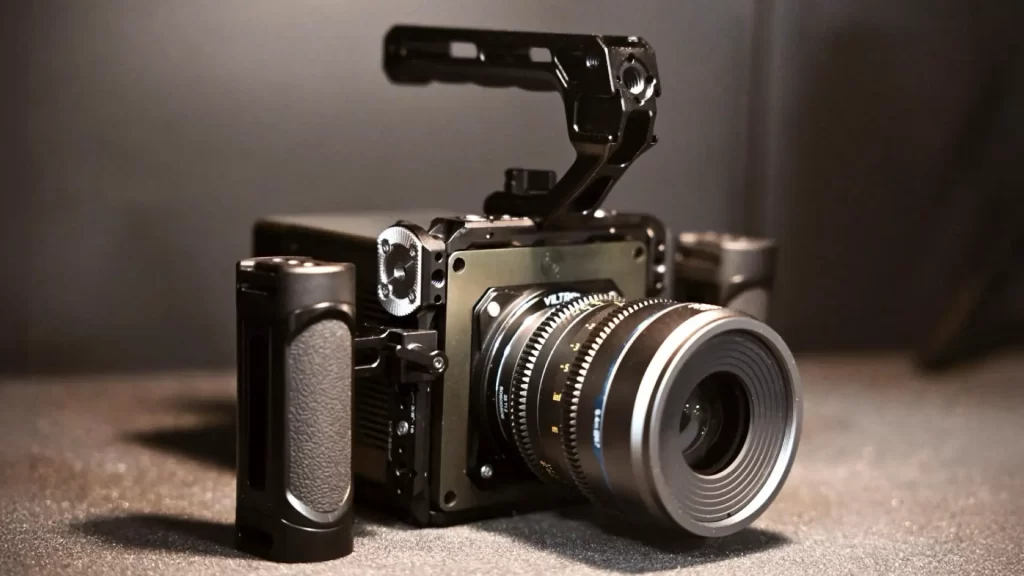
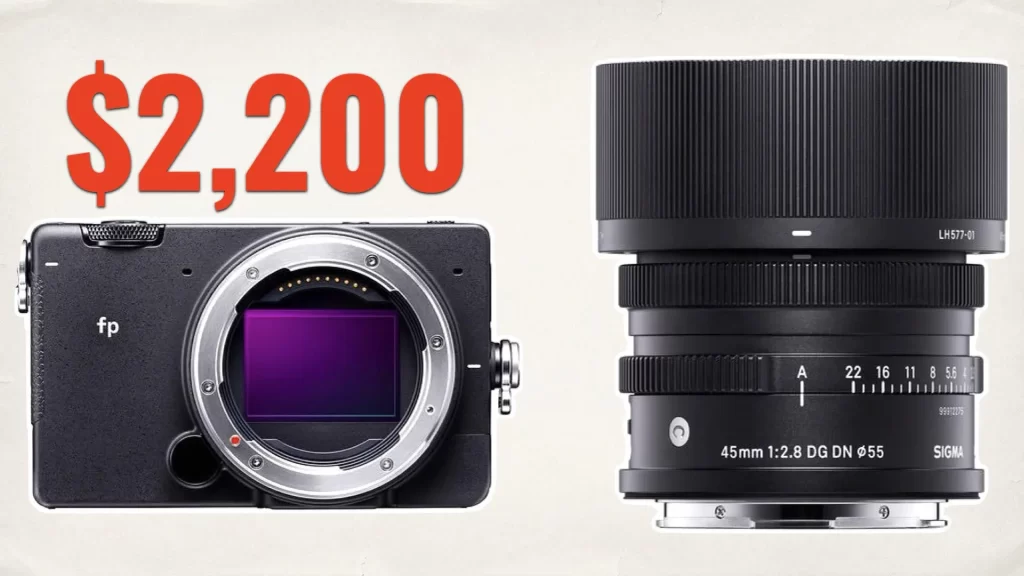
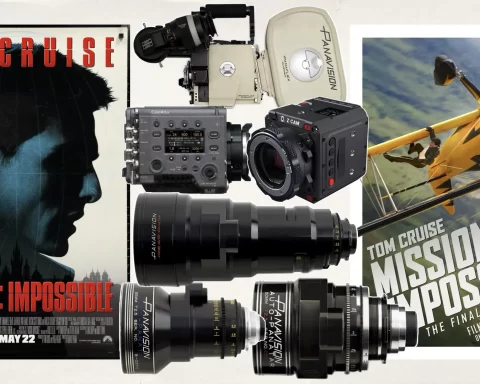

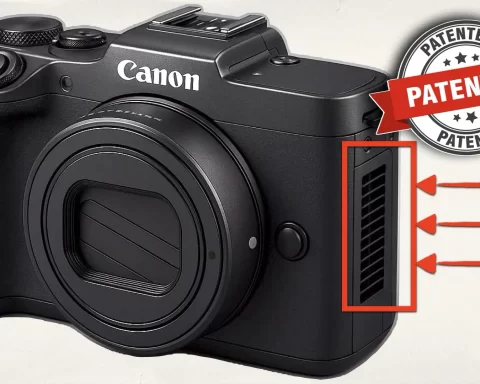
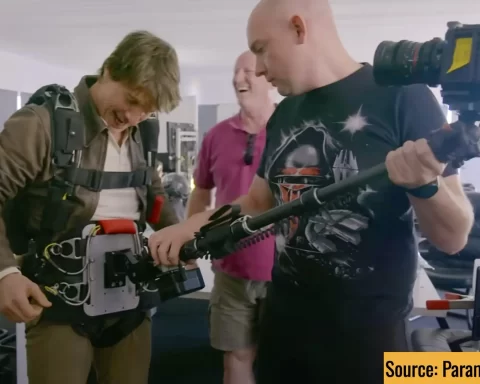



What frame rate(s) is he shooting at in those photos?